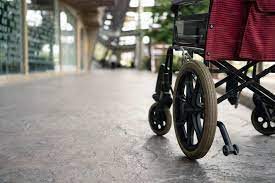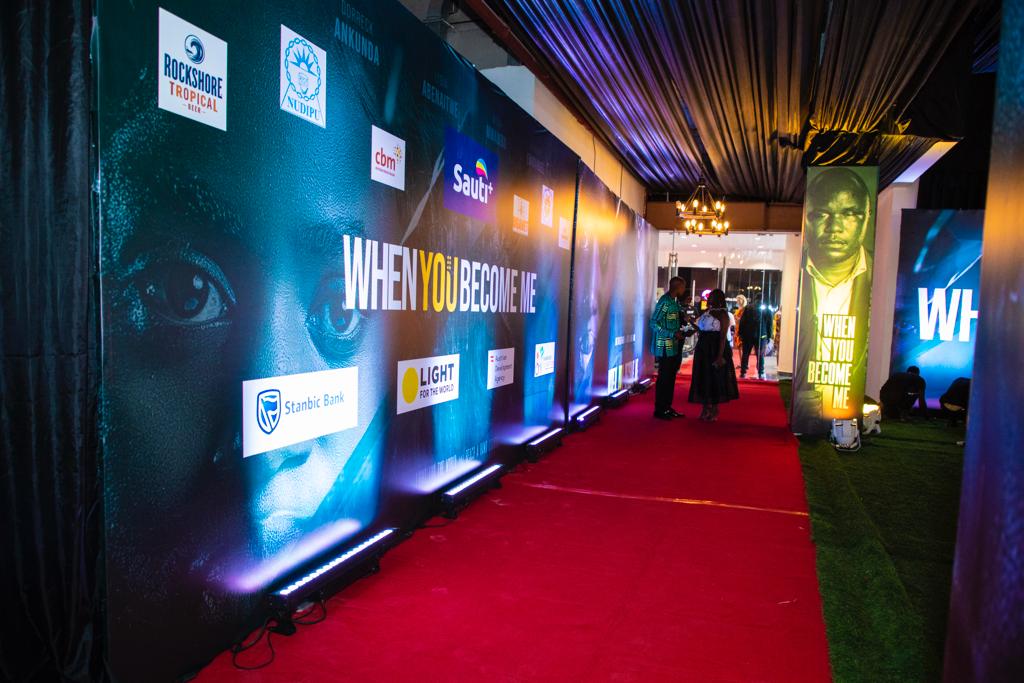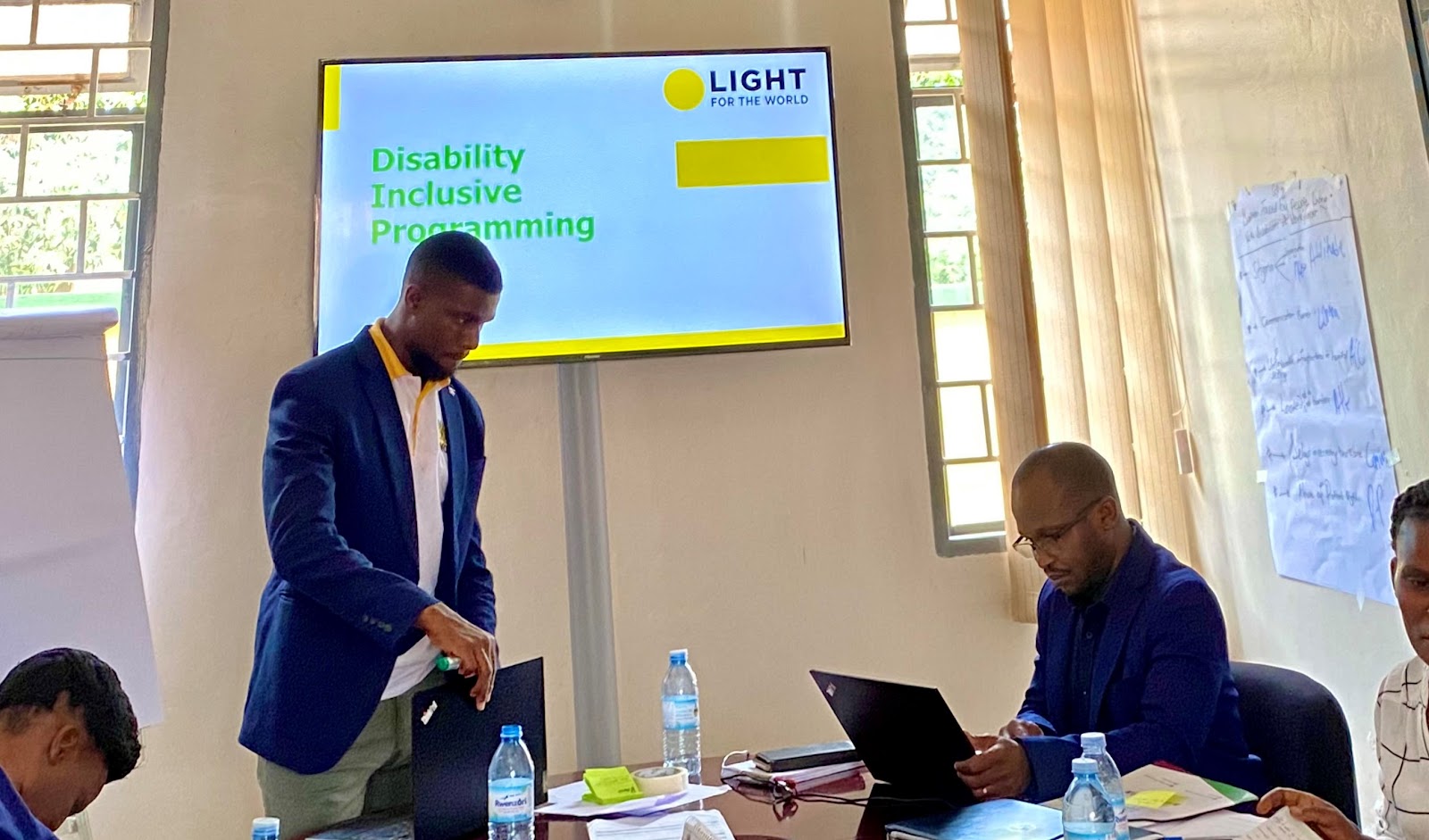Take A Deep Breath And Keep Moving

To all my young people graduating this year When I graduated from Makerere University many years ago, my dream was that by now, I would be living a lavish life—rich, with my wife and children, in a grand mansion on a picturesque Lake Victoria island. Why that remains a dream, well, I can explain But before I delve into that, I want you to know that one of two things will happen for you. You'll either become as wealthy as the man in my dreams, or you'll join the majority—the majority who struggle to find a job, who progress slowly, and who face life's challenges head-on. If you find yourself in the majority, here’s my advice: TAKE A DEEP BREATH AND KEEP MOVING. In a few years, you might see your classmates or even juniors holding important positions in the public or private sector. On a tough day, after dropping off your 60th CV and walking 20 kilometers on an empty stomach, you might encounter an old schoolmate in a luxury car who asks, "So, what are you up to these...





